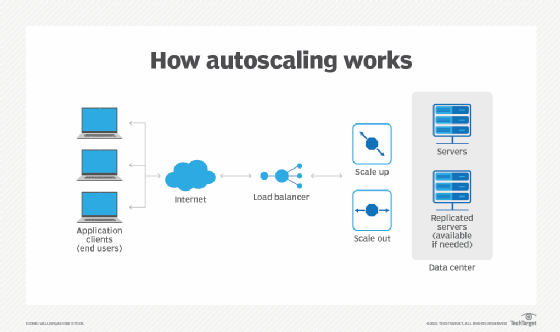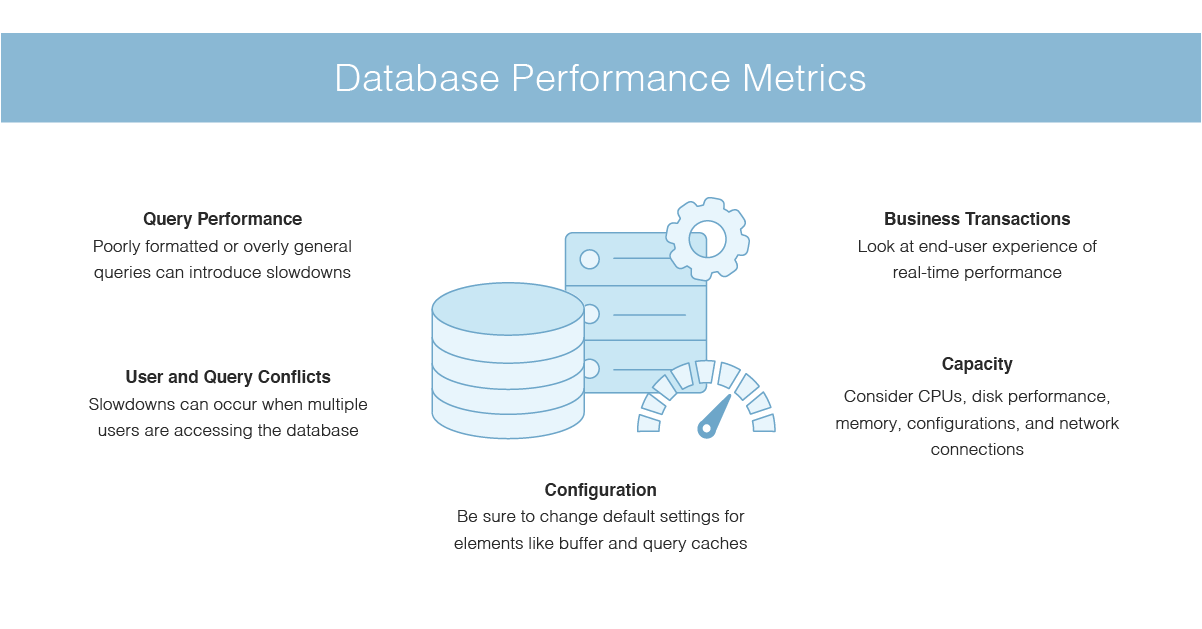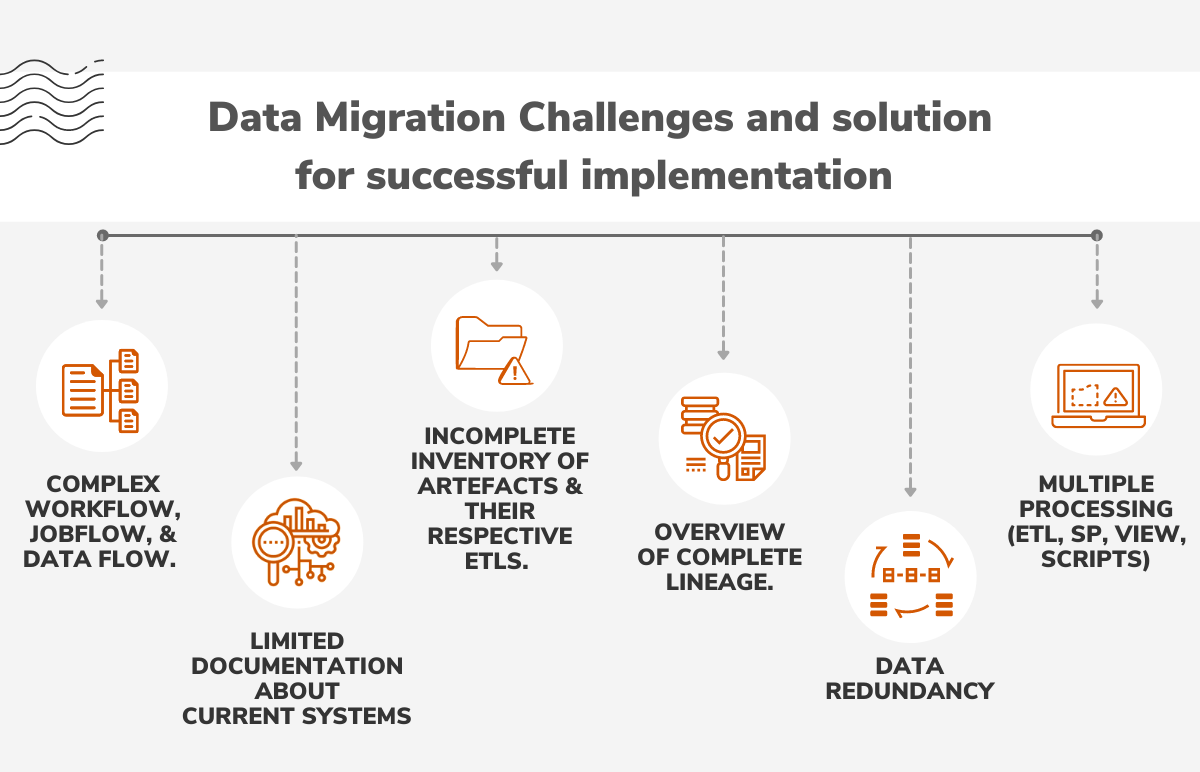In the ever-evolving landscape of technology, the need for scalability is a paramount concern for businesses of all sizes. One critical aspect of scalability that often gets overlooked is database scaling. As data volumes grow and application workloads become more demanding, traditional database setups can struggle to keep up. That’s where auto-scaling technologies come into play. In this blog post, we will delve into the world of database scaling with auto-scaling technologies, exploring what they are, why they are crucial, and how they can help businesses thrive in the digital age.
The Growing Data Challenge
In today’s data-driven world, businesses are accumulating vast amounts of information at an unprecedented rate. Customer records, transaction data, user logs, and more are being generated every second. While this data is a goldmine for insights and decision-making, it also presents a significant challenge—how to store, manage, and retrieve this data efficiently.
Traditional databases, while reliable, often struggle to handle the ever-increasing data loads. As data grows, databases may become a bottleneck, causing performance issues, slower response times, and, in some cases, system crashes. This is where the concept of database scaling comes into play.
What is Database Scaling?
Database scaling is the process of adjusting the capacity and performance of a database system to handle increased workloads. It’s like adding more lanes to a highway to accommodate more traffic. There are two primary methods of database scaling: vertical scaling and horizontal scaling.
Vertical Scaling:
Vertical scaling involves increasing the resources of a single server. This typically means adding more CPU, RAM, or storage to the existing database server. While this approach can provide a short-term performance boost, it has limitations. There’s a ceiling to how much you can scale vertically, and it can become prohibitively expensive.
Horizontal Scaling:
Horizontal scaling, on the other hand, involves adding more servers to your database cluster. Each server shares the load, making it a more scalable and cost-effective solution in the long run. However, managing a horizontally scaled database can be complex, especially when it comes to distributing data across multiple servers and ensuring data consistency.
The Role of Auto-Scaling Technologies
Manual scaling can be time-consuming and error-prone. That’s where auto-scaling technologies come to the rescue. These technologies automate the process of adjusting database capacity based on real-time demand. Here’s how they work and why they are crucial for modern businesses.
- Elasticity in the Cloud
Cloud computing providers like Amazon Web Services (AWS), Microsoft Azure, and Google Cloud offer auto-scaling capabilities for their database services. With these cloud-based solutions, you can set up rules and policies to automatically add or remove database resources as needed.
For instance, if your e-commerce website experiences a sudden surge in traffic during a Black Friday sale, auto-scaling can provision additional database instances to handle the increased load. Once the traffic subsides, it can scale down to save costs. This elasticity ensures that your database infrastructure aligns with your actual usage, eliminating the need to over-provision resources and waste money.
- Dynamic Resource Allocation
Auto-scaling technologies monitor key performance metrics of your database, such as CPU usage, memory utilization, and query response times. When these metrics exceed predefined thresholds, the system can trigger auto-scaling actions. For example, if your database’s CPU usage consistently exceeds 80%, an auto-scaling policy can automatically add more CPU capacity to maintain optimal performance.
This dynamic resource allocation not only ensures consistent performance but also frees your IT team from the burden of constantly monitoring and adjusting database resources. They can focus on more strategic tasks while the auto-scaling system takes care of the infrastructure.
- Cost Optimization
One of the significant benefits of auto-scaling technologies is cost optimization. Traditional database scaling methods often require businesses to over-provision resources to handle occasional peak loads. This results in wasted capacity and unnecessary expenses.
Auto-scaling, on the other hand, allows you to pay for what you use. When your database workload decreases, the system scales down automatically, reducing your costs. This pay-as-you-go model aligns your expenses with your actual usage, making it a cost-effective solution for businesses of all sizes.
- High Availability and Reliability
Auto-scaling technologies also enhance the high availability and reliability of your database infrastructure. By distributing your database across multiple servers or availability zones, you can ensure that even if one server fails, your application remains accessible. This redundancy minimizes downtime and data loss, providing a seamless experience for your users.
Choosing the Right Auto-Scaling Solution
Selecting the right auto-scaling solution for your database depends on various factors, including your application’s requirements, budget, and technical expertise. Here are some options to consider:
- Cloud Database Services:
If you’re already using a cloud provider like AWS, Azure, or Google Cloud, explore their managed database services. These services often come with built-in auto-scaling capabilities, making it easy to get started.
- Containerization and Orchestration:
Containerization platforms like Docker and orchestration tools like Kubernetes can help you achieve auto-scaling for your databases. By containerizing your database instances and using Kubernetes to manage them, you can implement sophisticated scaling policies.
- Database as a Service (DBaaS):
Consider using a Database as a Service provider like Amazon RDS, Azure Database, or Google Cloud SQL. These platforms offer managed database solutions with auto-scaling built-in, simplifying database management.
- Third-Party Tools:
There are also third-party tools and software solutions that specialize in database auto-scaling. These tools can be integrated with your existing infrastructure to provide advanced scaling capabilities.
Conclusion
Database scaling with auto-scaling technologies is no longer a luxury but a necessity in today’s data-driven world. It ensures that your database infrastructure can adapt to the changing demands of your applications, providing consistent performance, cost optimization, and high availability.
As you consider your database scaling strategy, remember that the right solution depends on your specific needs and constraints. Whether you opt for cloud-based solutions, containerization, or third-party tools, embracing auto-scaling technologies will help your business thrive in the digital age. Say goodbye to performance bottlenecks and resource wastage—welcome the era of elastic, efficient, and agile databases.




